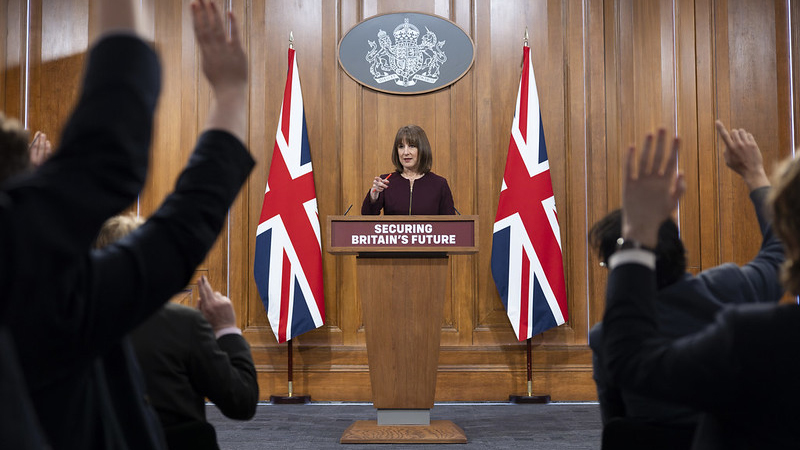“The hardest aspect of expanding is finding people,” he says. “There is more stickiness in wealth management than other industries.
“Nowadays, it is less about you as an individual and more about team and brand. People are largely well-looked after, so, unless they are being massively underpaid, they are unlikely to leave. But if a business is destabilising or flatlining, then it starts to leak, including people.”
Steven Levin, Old Mutual Wealth managing director and global head of distribution, says ensuring the respective business outlooks are compatible is crucial in an acquisition.
“The intrinsic thing we look for is cultural and visionary alignment. The key thing with the Quilter deal was that we had a gap at the higher end of the investment solution space, which needed to be filled.
“Cultural integration can often be a difficulty in acquisitions, and in certain deals there are also business proposition overlaps.
“It is about finding a business that offers a service that will complement your existing capabilities with minimum overlap.”
From the ground up
While Gazzard agrees that the hurdles posed by heading into the unknown and trying to establish additional offices are often enough to push firms down the acquisition route, he points out that some managers looking to expand simply do not have the available resources.
“It is very difficult to go into a new area and open an office,” he says. “You are asking existing staff to either up sticks or commute. It makes more sense in terms of establishing local client relationships if you can do a deal where you retain key staff while maintaining the quality.
“Most of the time, companies are picking up businesses that have controlled their own destinies for a long time. The trickiest thing is to make sure acquired firms are aligned with the buyers’ core processes.
“However, some firms do not have the capital to do that, so they will start a new office and hope to build the capital from there. It comes down to the organisation’s ability to make changes by integrating businesses.”
But if money is the main object, surely a firm the size of Old Mutual Wealth could afford to plug any holes in its wealth management proposition under its own steam?
“We could have built a discretionary fund management arm from scratch but it would have taken years to reach the desired scale, and it made strategic sense to accelerate the process,” Levin says.
“The main difference is the scale of the business plan. If you want to build a £1m to £2m business then it can be done organically, but when expanding a business already worth £15bn – depending on how quickly you want to do it – you are better off buying a business, so long as it fits.”
Picking up the pieces
Matt Phillips, Thomas Miller Investment managing director, believes firms executing deals of this scale, in addition to numerous other buyouts, means smaller IFAs may be squeezed out of the wealth management sector as larger firms exercise their financial and reputational muscle.











